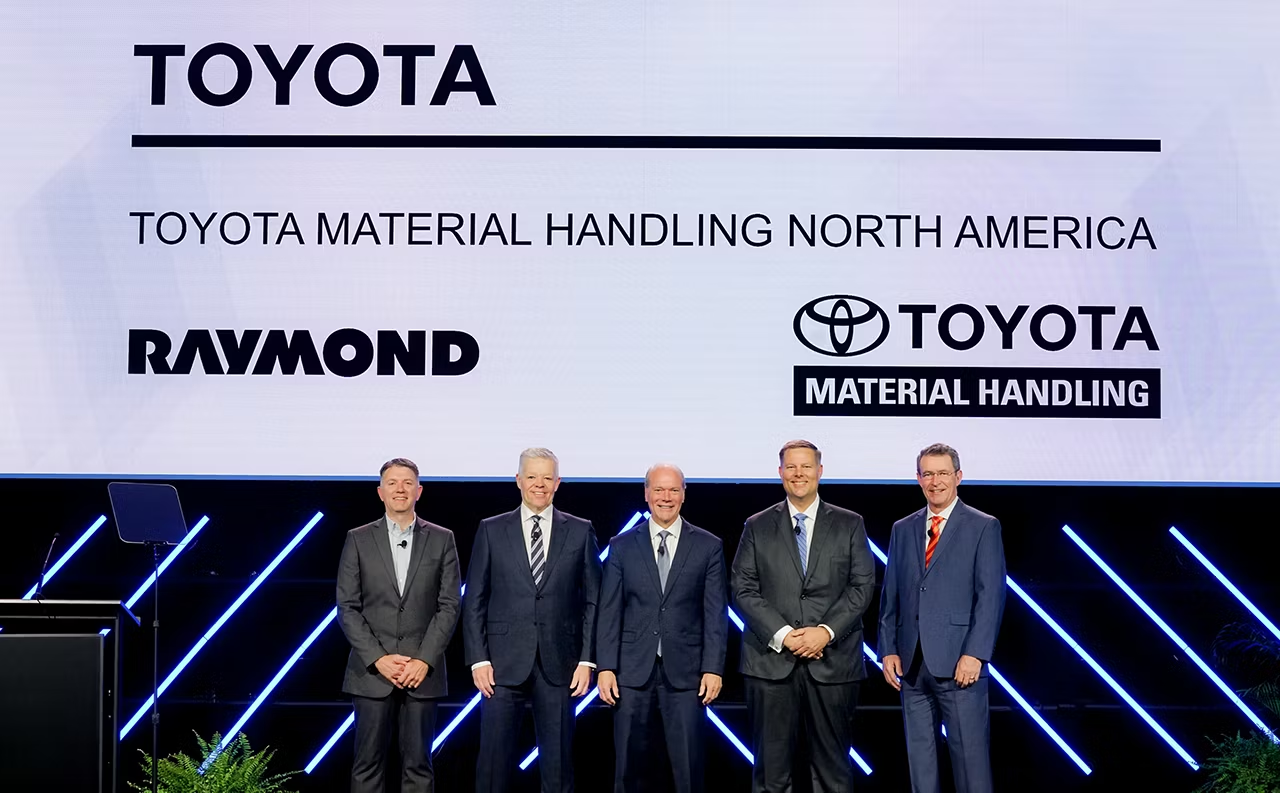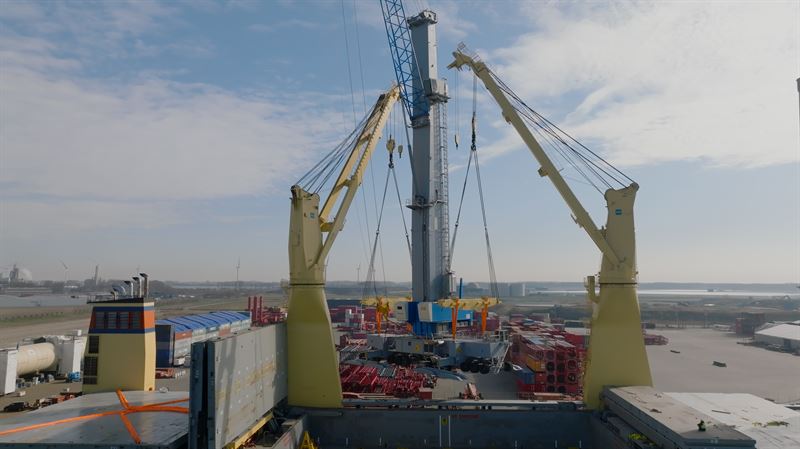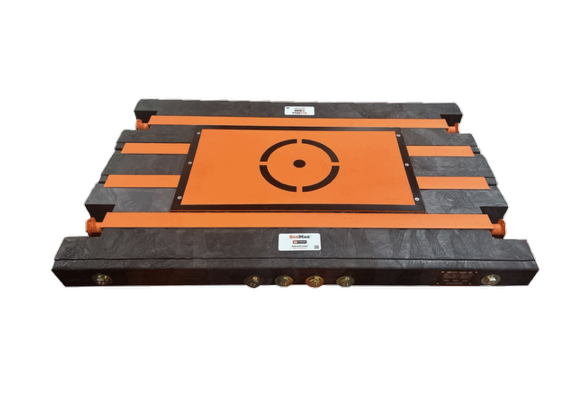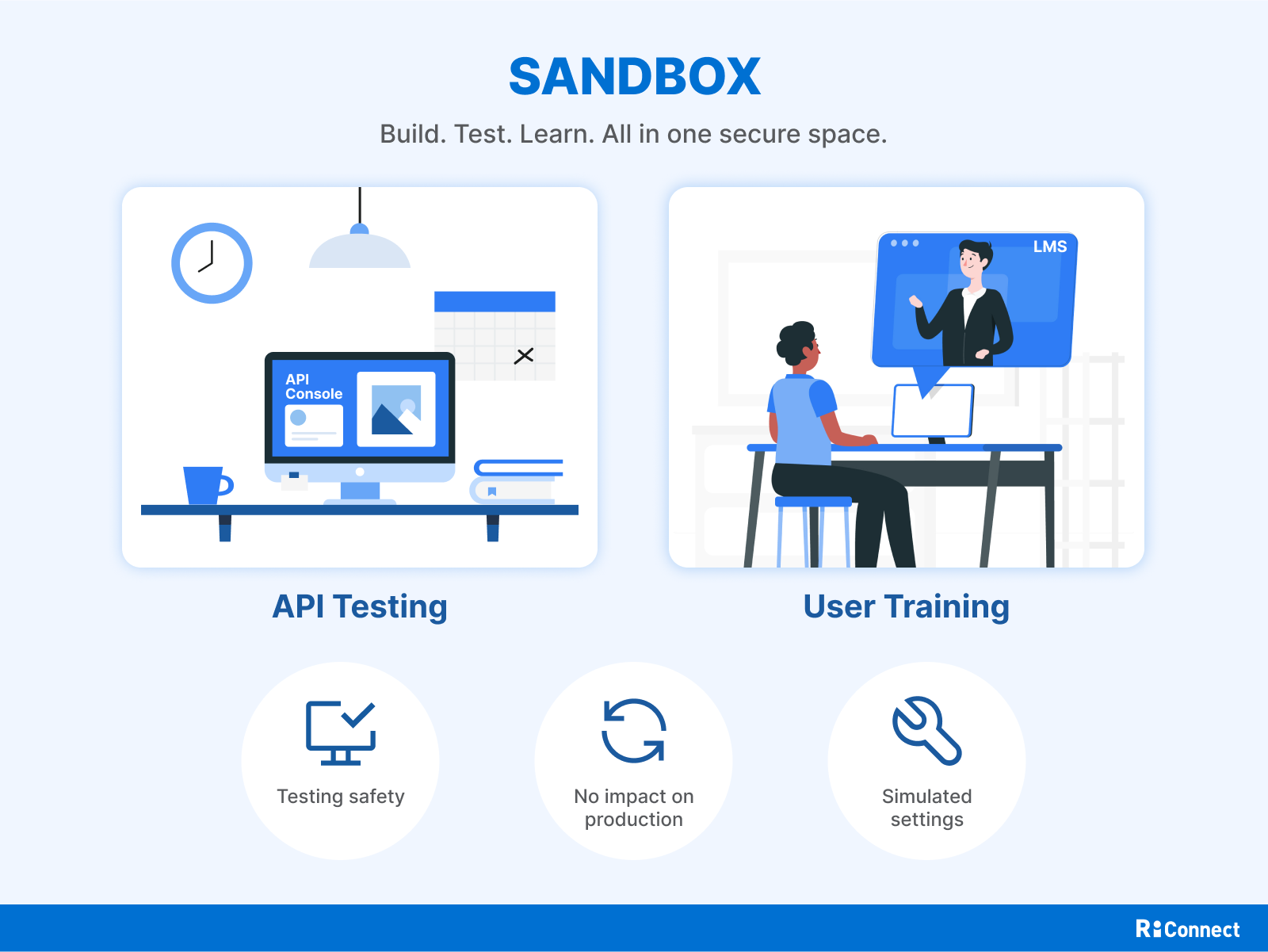Hiring Heroes
Military vets could be the answer to construction staffing challenges, reports trade event CONEXPO-CON/AGG.
As construction companies struggle with finding skilled labor, military veterans are a segment of the labor force that deserves attention. Vets currently make up about 7% of the construction workforce and each year approximately 200,000 vets transition out of the military.
Those construction firms that have been successful in recruiting and retaining veterans say their hard and soft skills as well as attitudinal characteristics make them great new hires. In addition, several programs are in place that makes it advantageous and cost-effective to train and hire vets. CONEXPO-CON/AGG is sharing the key benefits vets offer, how to recruit, and how to help vets transition from military to civilian employment.

The next CONEXPO-CON/AGG will be held March 14-18, 2023 in Las Vegas, Nevada.
Five traits that make veterans a great hire
- Assume high levels of trust – Veterans are highly trustworthy. “Vets know how to take orders and show up for work in the morning,” says Bob Nilsson, a retired veteran and former president of Turner International, which has a long history of hiring vets. Nilsson is currently president and founder of 100 Entrepreneurs Foundation, a resource for vets who are interested in entrepreneurship.
- Know the importance of discipline and teamwork – “Because of their military training and experience, veterans tend to have a strong sense of discipline, focus, team-orientation, and leadership“ says Erica Gilliland, director of Craft Recruiting for McCarthy Building Companies. According to Gilliland approximately 10% of employees are veterans. “We know that we can teach technical skills, but it’s more complicated to teach those types of soft skills that are so important on our project teams.”
- Adept at skill transfer – Military personnel are often trained in one area and moved to another. They have to quickly embrace change, train, learn and adapt. At the same time, they learn how to leverage their existing training, skills and knowledge in new roles.
- Comfortable in discontinuous environments – “A military member could be sitting in an office one day, and the next day they could be deployed to a disaster area or war zone, “says Julie Davis, AEM Director of Workforce Development. This translates well to the construction industry where employees move from project to project as needed.” Gilliland concurs. “Many veterans are willing to travel to projects in different states around the country, and that is a big benefit.”
- Advanced technical training – “The military is always on the leading edge of technology,” says Davis. “Military veterans have been conditioned to be very technology-minded, always thinking about how innovation could advance their mission.” McCarthy has veterans succeeding in areas such as logistics, safety, quality control and operations as well as in hands-on craft positions.
Where to post your construction jobs to attract vets
These websites focus specifically on jobs for vets:
- GI Jobs is a commercial base job board that advertises heavily in the military community (Stars and Stripes newspaper, Military Times, etc.).
- Helmets to Hardhats is a national, nonprofit program that connects transitioning active-duty military service members, veterans, National Guard and Reservists with skilled training and quality career opportunities in the construction industry.
- HireMilitary Jobs is a subscription-based jobs board that allows direct connection with candidates. Candidates are eligible from 90 days prior to separation through 90 days following separation.
- HireHerosUSA is a nonprofit that provides free job search support to U.S. military members, veterans and military spouses.
- Vet Fast Track is a website that helps connect vets with careers in a variety of industries, including construction.
Easing the transition
For many veterans the transition from the very structured environment of the military to an unstructured civilian work environment can be difficult. “Veterans are scared to death about the civilian world,” says Nilsson. “What we found at Turner was that we had to not only pay attention to hiring vets, but to keeping them employed.” A mentoring program proved highly successful in improving retention. Newly employed vets were paired with employees who also shared a military background.
Training is a big part of McCarthy’s efforts to retain workers of all backgrounds. They offer an in-depth hands-on training program that focuses on continual improvement of safety, quality, and productivity, which is rooted in SIX Sigma and LEAN construction principles.
“Because we want to help people with an interest in becoming part of the rapidly growing solar construction industry, we’ve developed accredited and formal training programs that provide best practice measures in workforce development,” says Gilliland. “These programs accommodate entry level positions as well as training for vets with some level of experience.” The programs focus on the development of general foreman, mentors who train craft employees, apprenticeships in solar and a program to transition solar laborers into general construction.
Take advantage of incentive programs
- Hiring vets has an added bonus because there are incentives and programs to support employers:
- Workforce Innovation and Opportunity Act (WIOA) offers incentives for training and wage reimbursement.
- The Work Opportunity Tax Credit (WOTC) incentivizes employers to hire “underutilized” workers, including veterans. A company can receive a tax credit of $2,400 to $9,600 for a veteran’s first year of employment.
- Veteran Tax Credits (VTC) is an organization that helps veterans get approved for WOTC.
- An employer also can bring on a veteran as an apprentice, paid for by the Department of Veterans Affairs (VA), if approved by the GI Bill. The Post-9/11 GI Bill offers veterans entry-level wage and a monthly housing allowance.
- DOD Skill Bridge Program, employers can train vets to work on a temporary basis for up to six months — and it doesn’t cost a dime because the Department of Defense foots the entire bill.
- VA Special Employer Incentive Program provides reimbursements for portions of veteran salaries.
Options for smaller firms
For smaller construction firms who may not have formal training programs Gilliland recommends working with organizations that provide construction trades training for service members while they are still in the service, including Home Builders Institute (HBI). For veterans who have completed their service, there are groups like Adaptive Construction Solutions, The Warrior Alliance and Helmets to Hardhats.
- Held every three years, CONEXPO-CON/AGG is the must-attend event for construction industry professionals. The show features the latest equipment, products, services and technologies for the construction industry, as well as industry-leading education. The next CONEXPO-CON/AGG will be held March 14-18, 2023 in Las Vegas, Nevada. For more information on CONEXPO-CON/AGG, visit https://www.conexpoconagg.com.








